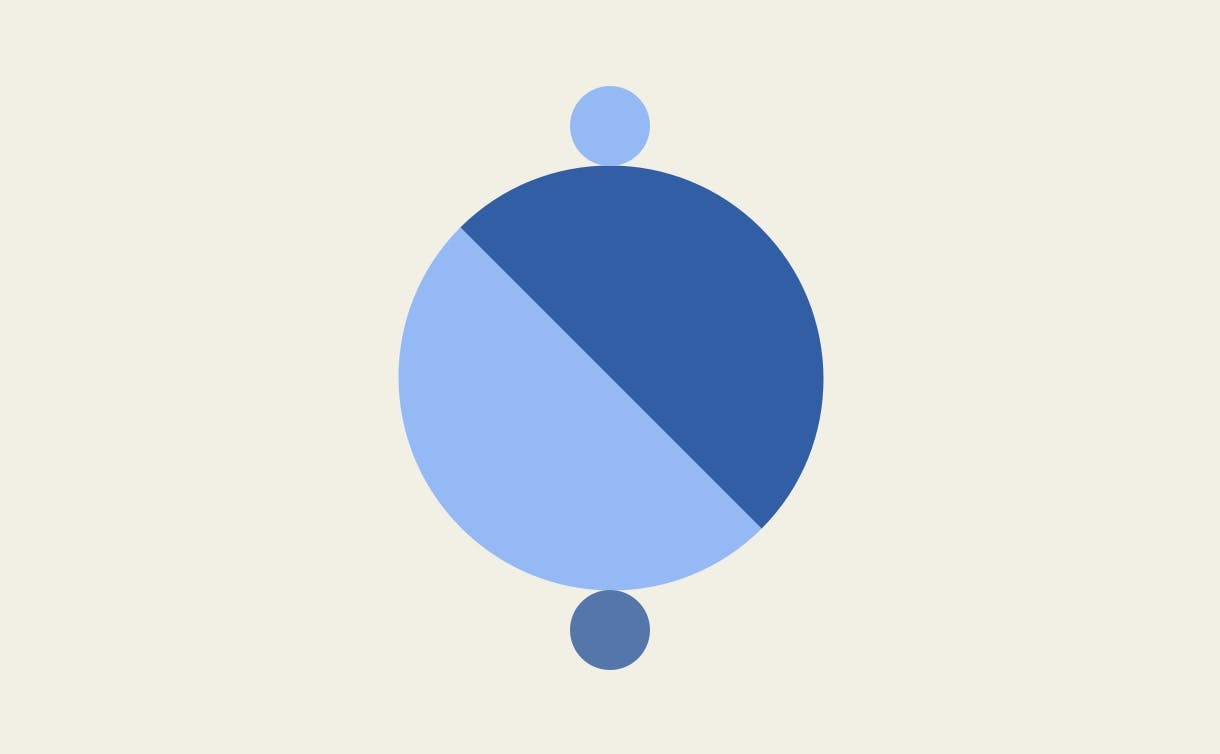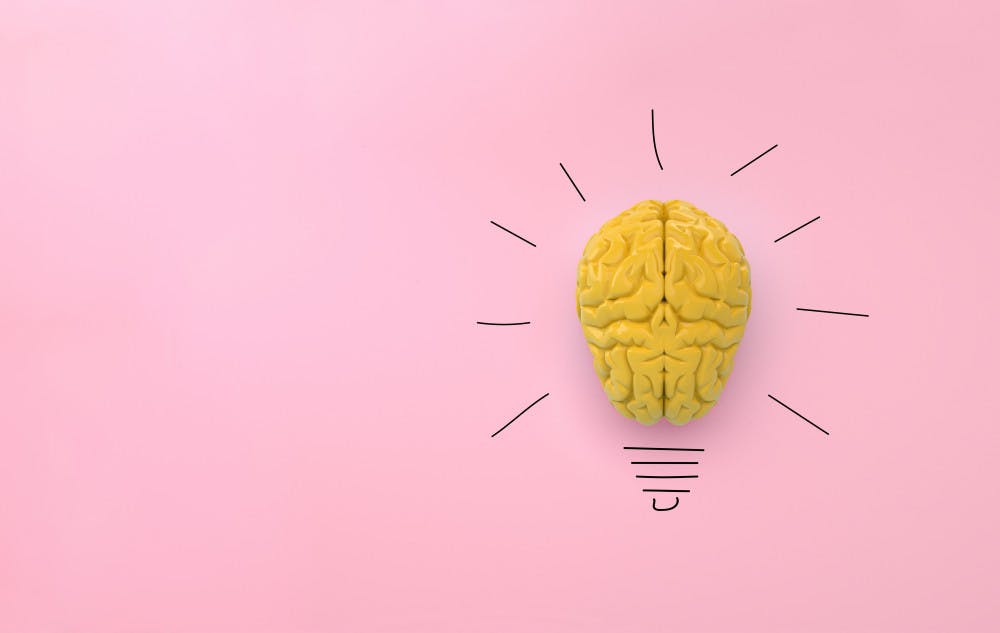How much of our brain do we use?
A common myth is that we use 10 percent of our brains, but that's a complete myth.


The brain is the most complex organ in the body. It can be used for simple tasks like breathing or more complicated cognitive processes such as thinking, feeling, and remembering.
But how much of our brain do we really use?
Do we only use 10 of the brain?
Many people talk of using only 10 percent of their brain, but that is a complete myth. Clung to by self-help writers and Hollywood moviemakers, the idea that we only use a tiny part of our brain has inspired creative thinking about what humans could be if only we accessed the other part. But it's been debunked time and time again in scientific studies.
So how did this strange pseudoscience come to be?
It's often said that Einstien came up with the 10% figure, but there's no evidence for this. The seed was actually first planted in 1908 by American psychologist and philosopher William James in The Energies of Men. He claimed that people only use a small part of their physical and mental resources and could unlock more. The number 10 didn't appear until the preface of the 1936 edition of Dale Carnegie's best-selling book How to Win Friends and Influence People, and it's stuck since then.
If you're one of those people who have always wondered 'how do you unlock more than 10% of your brain?' we've got a nice and easy answer for you. Just live your life. You see, the truth is we use all parts of our brain, most of the time.
So, do we use 100 of our brain?

Now you're probably thinking 'so what percent of brain is used then?'. The percentage of brain used isn't as simple as 100%, but what can be said is that we use a lot more than 10%.
Brain imaging techniques have allowed doctors and scientists to watch and map brain activity in real time and have revealed activity in far more than 10% of the brain. Even simple tasks like looking at images and resting (basically a Friday night in front of the TV) require a lot of the brain to get to work. In fact, there's no scientific evidence of an area of the brain that doesn't have an important job.
The answer to how much of our brain do we use varies over time too. Everyone's brain is different, but most people will reach full maturity around the age of 20. In other words, before that age, there are parts of the brain that do not activate or develop fully until we reach adulthood. The prefrontal cortex is one such part—it doesn't fully develop until around age 25 and may continue to grow until our mid-50s.
Another interesting fact about the human brain is that it can continue to grow throughout life! This means that even if you have achieved full maturity by your 20s or 30s, there is still room for improvement as you get older and wiser. This growth, known as neuroplasticity, happens in areas such as your hippocampus (which helps regulate emotions) and your corpus callosum (which connects parts of both hemispheres).

Vitals⁺
4.7/5 based on 200 reviews
How powerful is the human brain?
Extremely powerful, to put it simply. Adult brains typically have about 100 billion neurons. The brain is made up of many different parts that work together to do things like control your muscles, balance, and think about what you're going to eat for lunch.
The gray matter inside your skull is called "cerebral cortex." This part of your brain processes information from other parts of your body and sends signals to them if needed. It's also where memories are stored as electrical signals until they're triggered by something familiar or important enough to bring back into memory later on down the line.
The white matter outside of this part of your head handles communication between different parts within itself while also sending messages out into other areas such as hands or feet through nerves located throughout both layers (gray and white).
The brain processes about 11 million bits of information each second (11 megabits per second), which is less than half the speed of a 100Mbps connection. The brain is capable of processing more than 200 million bits each second, though this is only possible under certain conditions, such as during a state of hypnosis or meditation.
So if you're thinking 'how can I use my brain 100 percent?' the answer is you don't need really need to. It's doing alright as it is.
How much of our brain do we actually use?
The next time someone tells you that we only use 10 percent of our brains, give them a reality check.
You can also tell them about some of the amazing things that happen when we use most parts of our brain at once. These include solving problems, remembering important information, and even just getting through the day without forgetting anything important.
The bottom line? We use most of our brains most of the time.
